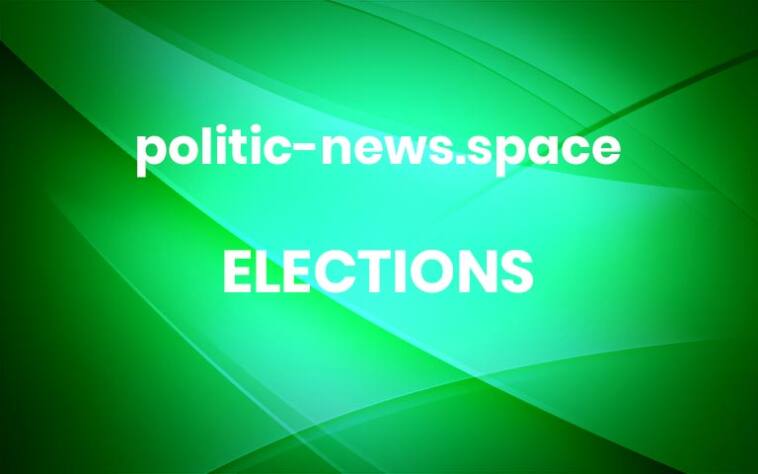Metro-North and LIRR Commuters to Be Fined for ‘Repeatedly’ Activating Tickets on Train
Passengers on Metro-North and Long Island Rail Road trains could face $8 fines if they keep waiting until after the train leaves to activate their mobile tickets. More


